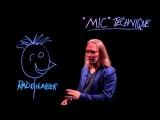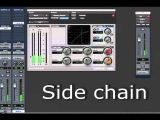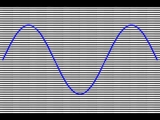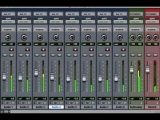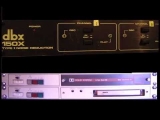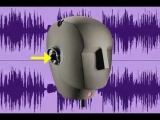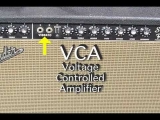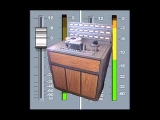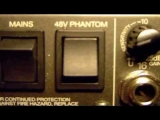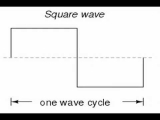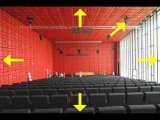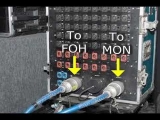Consoles and Control Surfaces.m4v
Consoles and Control Surfaces.m4v
Consoles and control surface can look very similar. However, the big difference is that consoles actually process and pass audio signals. The signals enter a console usually at either mic or line level. The console then amplifies (for example, increases the gain from mic to line level) modifies (using signal processing like EQ and compression), and then routes the audio signal to the desired locations (like workstation inputs, outboard effects processors, or monitor inputs).Some mix engineers prefer to use consoles along, because of the additional functionality they brings. They will often route individual stems from the workstation to the individual inputs on a console, and use the console to sum the signals from multi-track to a stereo or surround surfaces don’t pass audio, except perhaps if they have mic preamps or a monitor section. They’re merely a tactile control for the digital audio workstation. Because they don’t pass audio or amplify, modify, or route audio signals, control surfaces can be thinner, lighter, and more compact than audio consoles. Also, because they not only control, but are controlled by the audio workstation, they automatically reconfigure whenever a particular session is opened, which eliminates the set-up time spent reconfiguring a console.
